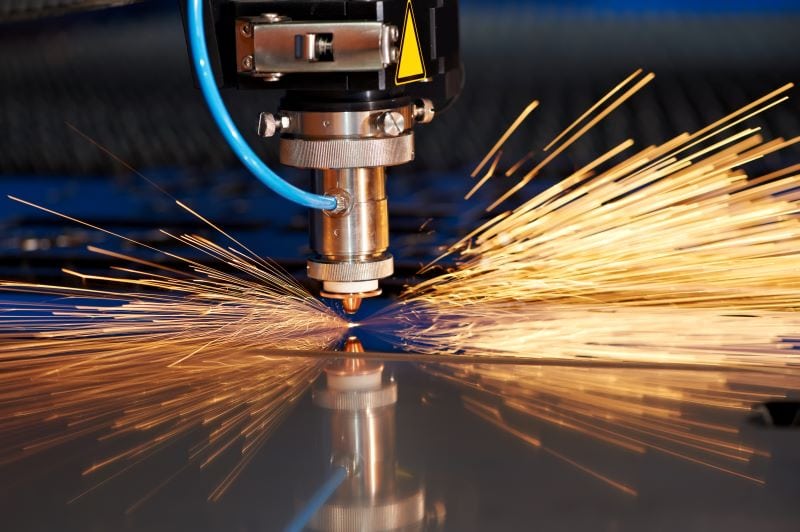What Do the Steel and Aluminum Tariffs Mean to Manufacturing?
Published on by Michael O'Hara in International Business, Manufacturing, Tax Services

Production and jobs are on the line after the tariffs on steel and aluminum were announced by President Trump earlier this year. In the short term, the American Steel and Aluminum manufacturers are benefiting as the price for steel has rose upwards of 60%, but ultimately the increased demand has also caused lead times to almost double. Companies with products made primarily of steel are in a unique situation. Some actions that companies can take include:
- increase prices with the risk that customers could look for a lower cost product,
- take a short-term hit on the bottom line, or;
- find other ways to cut cost like a layoff of employees.
The primary intention of the Tax Cuts and Jobs Act was for businesses to invest and create more jobs in the United States. As of this writing, the tariffs have impeded both of those goals. Small to mid-size manufacturers are taking a more cautious approach, and forcing companies to put building new factories on hold to increase capacity and hiring efforts as the new tariffs are causing an uncertainty for the future and what comes next.
Some companies are asking for exemptions from the tariffs, and in return, they will build new plants and create more job openings. These companies have stated that, with the increased capacity and additional workers, they will not have a need to import as much in the future. No announcement from Washington has been made yet for this alternative. Currently, the main problem is that the U.S. simply cannot produce enough steel. In 2017, according to the International Trade Administration, the U.S. produced 81.6 million metric tons of steel and imported 34.6 million metric tons. With current capacity, the U.S. alone cannot create enough steel to meet the necessary lead times to help balance the trade deficit.

The tariffs on steel and aluminum have caused retaliation from around the world. The European Union has announced tariffs on American made blue-jeans, t-shirts, and footwear. One of the main points of the U.S. tariffs was to help fix the trade deficit. As you can see from Figure 1, the U.S. has a trade deficit with every main country they trade with. The deficit caused by U.S. importing steel and aluminum is currently being offset by the tariffs on American made products. The U.S. dollar will generally continue to appreciate with tariffs, which in the short term, will generally decrease the trade deficit. In time, the appreciated U.S. dollar will generally increase the trade deficit, as the amount of U.S. products will be more expensive for countries to buy, causing exports to decrease.
What is the upside to these tariffs?
The tariffs will level the playing field. The decline of American made steel is due to other countries dumping cheaper steel into the market that the U.S. cannot compete with for the price. The tariffs give the American companies a fighting chance in a sector that is key to the rebuilding the American economy.
Contact Us
Please contact a member of Barnes Dennig’s International Tax team if you have any questions about the current tariffs in place or any other related tax matters.
Join us to Learn More
Join Barnes Dennig Directors, Linda Weigand and Ellen Juram, and Frost Brown Todd member, Joe Dehner, at a Roundtable event on Thursday, October 18, as they discuss the recent political environment around international trade, international tax implications and how your business can thrive in the complex, global business environment. RSVP here today>>
